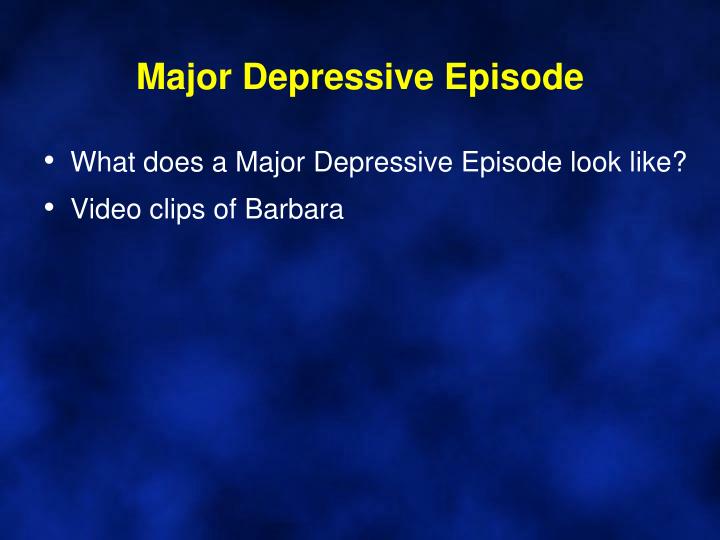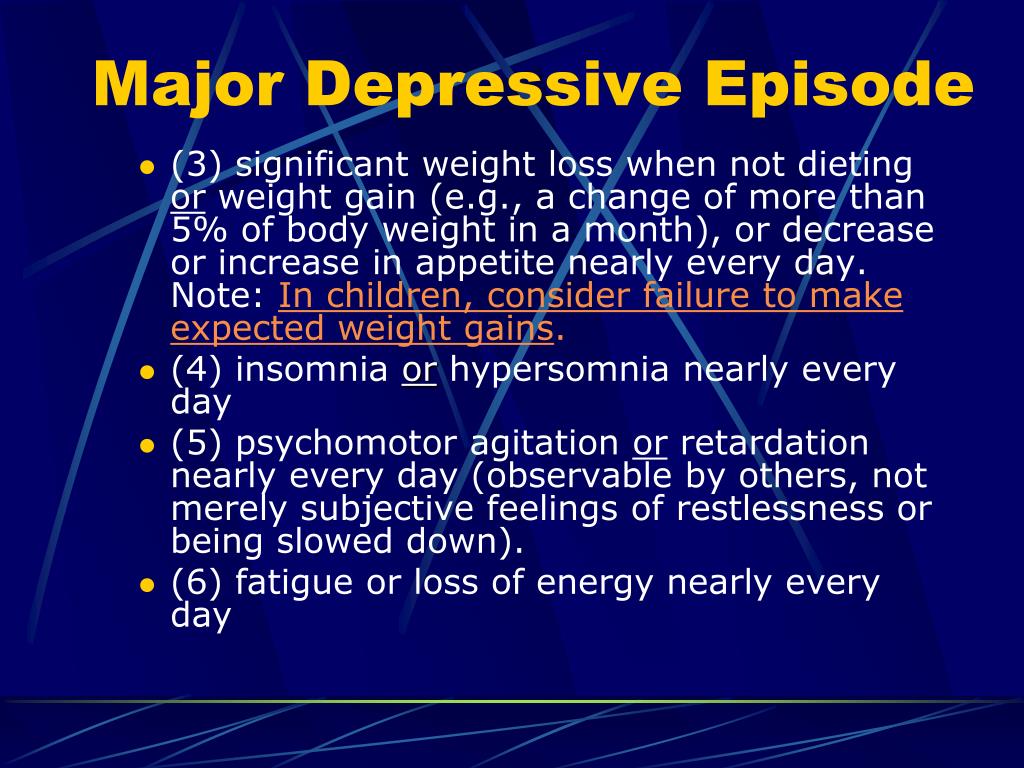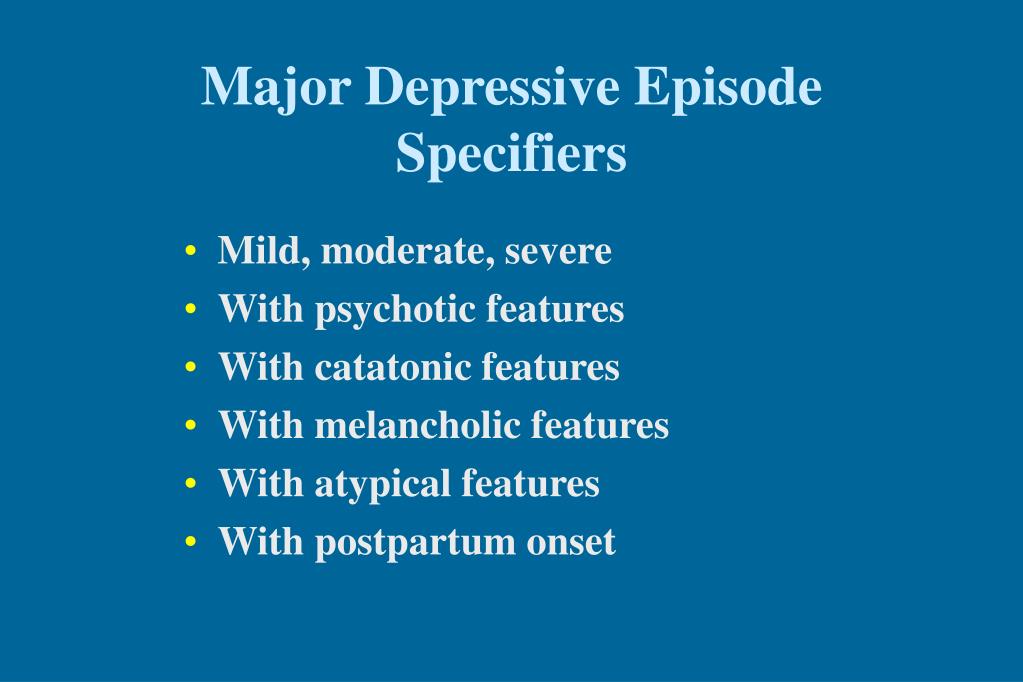

Some people with these symptoms would likely be diagnosed with schizophrenia today.įrom the late 18th century onwards, these symptoms became less emphasized, while fatigue and distress became more central to the diagnosis. From the 16th century, it was generally considered a type of insanity, and symptoms such as delusions and suspicion became more of a focus in these descriptions. In ancient Greek medicine, it referred to a general condition of sadness and fear. → Episodes of depression can last a long timeĭepression traces back to a condition called ‘melancholia.’ The concept of melancholia itself shifted in meaning several times in history. → Episodes of depression can occur frequently → The symptoms of depression tend to change over time → Depression is an umbrella condition which contains subtypes → People experience different combinations of symptoms → Sleeping problems and low energy tend to be the most common symptoms of depression → Surveying depression in the general population

Let’s look at each of these factors in more detail before we explore how they have informed our understanding of depression. Third, we have better statistical tools to help us refine questionnaires and understand how symptoms are related to one another. Second, we use questionnaires and interviews that treat depression as a condition that can occur at different levels and change with time. In many studies, researchers track patients over long periods of time to understand how the condition progresses.

Our ability to do all of these things accurately has changed over time, and so has our understanding of depression.įirst, many countries now screen for depression in the general population, not just in a subset of people who are seen by a small number of doctors. We have to analyze this information to understand what people with depression experience that other people don’t.

We have to trust that doctors will observe and probe their symptoms reliably. When we diagnose depression, we have to rely on people to recall their own symptoms. This is because depression is a condition of the mind: it is diagnosed based on people’s psychological symptoms and behavior, not from a brain scan or markers in their blood or DNA. But depression is complicated and it’s difficult to define what it means in an objective way. People often think of depression as a single, uniform condition – deep sadness and a loss of interest in the activities that someone usually enjoys. Then we’ll look at what we know about depression today. In this post, we’ll explore how researchers have surveyed depression in the general population and how they have developed tools to measure depression. But people with depression experience different symptoms, with different levels of severity, at different times in their lives, with episodes that last different lengths of time. Low energy and sleeping problems are some of the most common symptoms. What we know now is that depression is surprisingly complicated. We have a better idea of what people experience and how their condition progresses over time. The intricacies of the condition are becoming clearer because of the development of wider surveys, granular scales and more rigorous analysis. But our recognition of the condition was murky until recently. Depression is one of the most common mental health conditions in the world, so understanding it has major consequences for a large number of people.


 0 kommentar(er)
0 kommentar(er)
